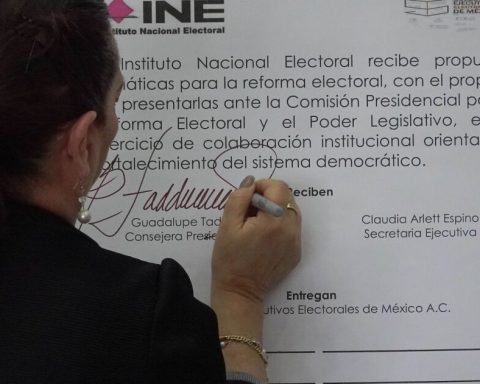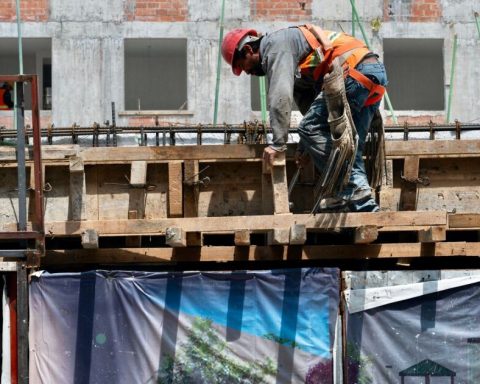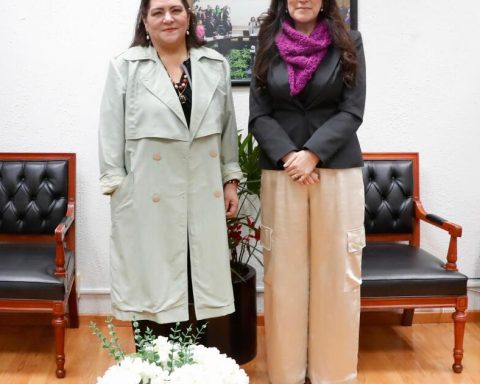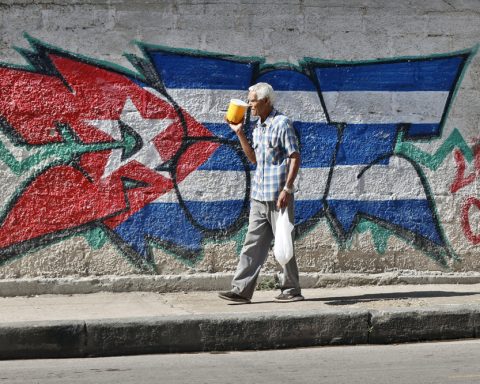Educational spending has an average reduction of 1.1% real each year since 2014.
Unbalance
The figures also project an imbalance in public resources allocated to the population; “If you direct less spending to education, you are giving less money to children and adolescents, compared to spending on pensions, which goes to the elderly. Macias explained.
The projected pension spending for 2022 is 1.4 trillion pesos, almost twice as much as education spending, this is equivalent to 5.1% of GDP. This spending has increased on average 6.5% real annually since 2015, refers the CIEP.
Expenditure on education has also been reduced by other mandatory expenses, such as interest on the public debt that has risen every year since 2013 as a proportion of GDP, or participation, which represents 3.6% of GDP, according to with figures from the Ministry of Finance and Public Credit (SHCP).
Without classes
Since March 23, 2020, children and adolescents stopped going to school as usual, and although partial resumption of classes has been seen, the pandemic has ruined plans to return to 100%.
In the 2020-2021 school year, about 846,000 students stopped attending school, most of them basic education. Worldwide, Mexico is the ninth place with the longest school closures during the covid-19 contingency, with 53 weeks without face-to-face classes, according to data from the Mexican Institute for Competitiveness (Imco).
Economic consequences
In the post-pandemic year, it should be considered to strengthen the education sector in infrastructure, quality of education and teacher training, but the current budget does not reflect such strengthening,
This in the medium and long term leaves repercussions in economic matters. An IMCO analysis reports that students with less learning mean future workers with fewer skills, which can reduce their income by 8% per year during their working life, which is equivalent to one month’s salary per year for the rest of their productive life. .
At the country level, the Organization for Economic Cooperation and Development (OECD) estimates that in the next 80 years the educational gap could cost Mexico an accumulated amount of up to 136% of GDP in 2019. This would imply that our country would stop produce up to 1.7% of GDP each year or an amount similar to the total expenditure exerted by the Ministry of Public Education (SEP) in 2019, warns the Imco.
“We are still with a bit of demographic bonus, we should be empowering that population, which in some way will support the older adults of the future,” concluded the CIEP directive.















